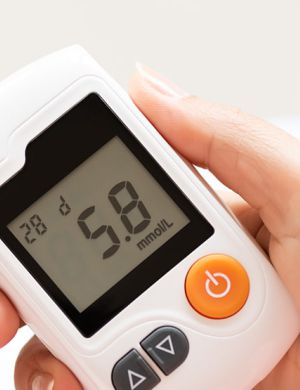
Regulatory Challenges for Combination Products
In the dynamic and ever changing global regulatory outlook, the area of combination products is an exciting expanse of attainable innovation and discovery for both the drug and medical device industries. However, there are many special factors that need to be considered when dealing with combination products. Some of the challenges that can also be existing in the area of combination products include understanding the classification, and jurisdiction of products.
Combination products are diagnostic and therapeutic products that combine drugs, devices, and/or biological products. In general, combination products mean understanding the drug target product profile, and the medical device user needs, from the beginning of development. Combination products contain elements that would normally be regulated under different regulatory authorities, and frequently by different centers, they elevate challenging regulatory, policy, and evaluation management challenges. Different regulatory pathways may affect the regulatory processes for all aspects of product development and management, including preclinical testing, clinical investigation, manufacturing and quality control, adverse event reporting (ADR), marketing applications, adverse event reporting (ADR), advertising, and post-approval changes.
Combination product regulations are distinctly recent and specific regulations only exist in certain markets. There are no specific formats available for regulatory submission for combination products, all markets use current or existing drug, device or biologic submission procedures. It can be submitted either as drugs or devices and/or biologics in line with the national procedures for these product types. In some cases, multiple applications may be required. Regulation pathway and application procedure to market is mainly based on primary mode of action and a single integral unit (not re-usable). Risk management is mandatory, which is the process for change control includes product risk analysis and an understanding of regulatory impact. Focus must be on both safety and effectiveness on the use of combination product.
How to respond?
- Proactive regulatory surveillance is vital.
- Ensure close internal collaboration between Regulatory Affairs, Quality Assurance and Product Development.
- Engagement with regulators to develop policy and future regulations
Future Challenges & Opportunities
- An increasing development of wide variety of combination products, expected to grow further over the coming years.
- Lack of certainty on how regulatory authorities will inspect these products, need for more effective internal disciplinary collaboration.
- A framework needs to be regulating these combination products such that they can be safe and effective in the hands of customers, much more interaction is needed between regulatory agencies and industry.
- Consequently more focus on the regulatory aspects of combination products required by the groups and forums.
Don’t miss out! Click here to stay in touch.
Categories
- Biopharma (47)
- Consumer Health (15)
- Cosmetics (8)
- Diagnostics (5)
- Digital Health (8)
- Food (2)
- Medical Device (100)
- OTC (4)
- Regulatory Intelligence (5)
- Standards (41)
Recent Blogs
Get the latest updates from Vistaar

CONNECT WITH US

Let's talk about how DDi can help you







